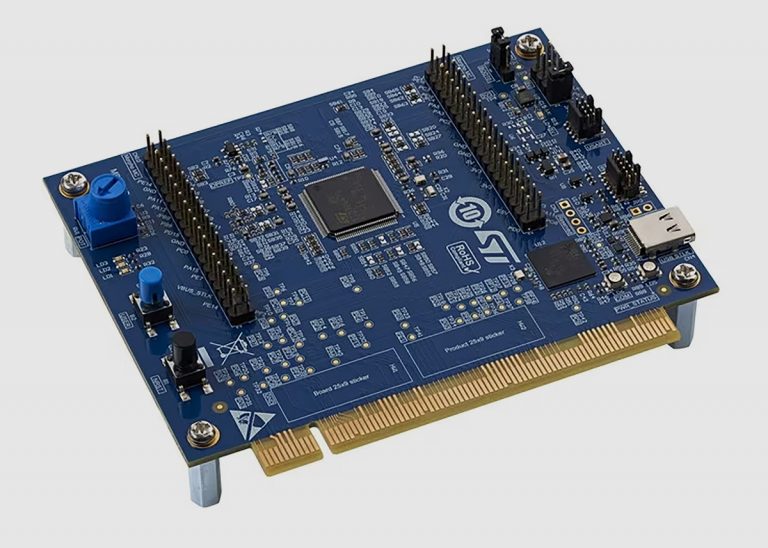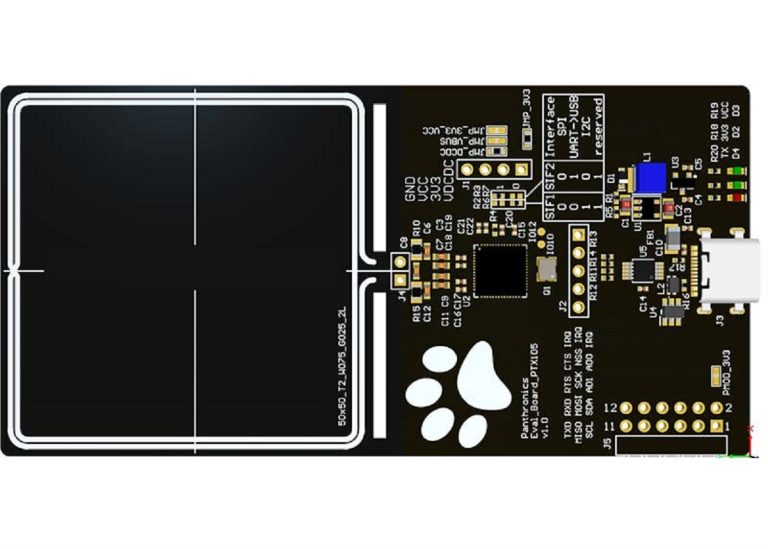
The STEVAL-PROTEUS1 from STMicroelectronics is an evaluation tool designed for temperature and vibration monitoring. It is based on a 2.4 GHz multi-protocol wireless system-on-chip (SoC) which is suitable for performing condition monitoring in industrial applications.
The evaluation board simplifies the prototyping, evaluation and development of wireless industrial sensor nodes used in predictive maintenance. All components are mounted on the top side of the PCB to provide for easy mounting on other equipment. Comprehensive software and firmware libraries implementing vibration analysis in the time and frequency domains ease software customization and shorten time-to-market.
The main board includes the STM32WB5MMG ultra-low power wireless radio module. This module is FCC and IC certified. Based on the STM32WB55VGY wireless SoC, it complies with the requirements of the Bluetooth® Low Energy SIG specification v5.2, ZigBee 3.0, and IEEE 802.15.4-2011. The main board includes an STSAFE-A110 secure element which provides authentication and secure data management services to a local or remote host.
The board also features an IIS3DWB high-bandwidth accelerometer, IIS2DLPC ultra-low power accelerometer, and the ISM330DHCX inertial motion sensing module for vibration monitoring.
An external memory is connected via QSPI to the STM32WB5MMG module for data buffering and event storage.
The STEVAL-PROTEUS board may be powered by the lithium polymer rechargeable battery. It can also be powered via USB, 5 V at 500 mA, or a primary battery which is not included.
Application example firmware with dedicated algorithms is preloaded in the STM32WB5MMG Flash memory for easy demonstration of wireless vibration and temperature node monitoring.






